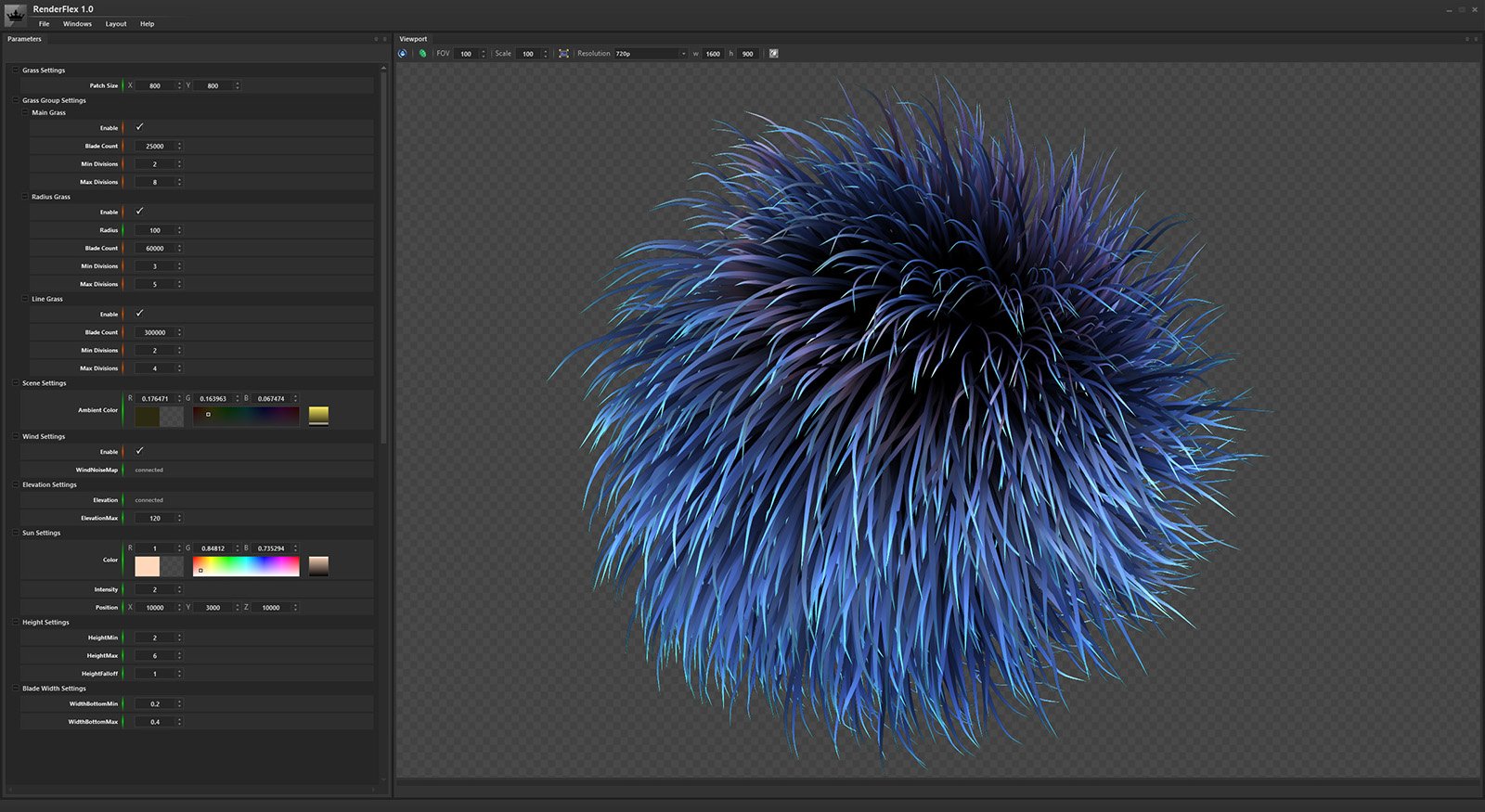It starts May 12, and ends Oct 17. Let's see what you got!
https://polycount.com/discussion/237047/the-brawl²-tournament
Tools From ShaderPlay Studios
An early look at upcoming shader tools
ShaderPlay Studios is a California based software development company recently founded by graphics engineering veteran Scott Bean. With years of experience under his belt, Scott is working hard on what could be the next great additions to your artistic pipeline.
NodeFlex
A powerful, node-based data generator designed to work easily and efficiently in any production environment.
ShaderFlex
Whether you're a beginner in the world of shaders or an experienced graphics engineer, this is the tool for you.
RenderFlex
A powerful stand-alone viewer for all of your ShaderFlex projects.
To read more about ShaderPlay's entire suite of tools, check out their products page. If you are interested in trying it out for yourself be sure to sign up for the upcoming beta.




Replies
Nice info!
I mean, using visual script most of the time (currently Unreal's blueprints and Antares Universe), I really miss the agility I had with the Quest3D design. The mainstream trend of huge nodes (from material/shader editors that went into scripting environments) that has long descriptive names and many (if not all) socket names really get clumsy once you get even a little bit practice. Not only a waste of screen space, it constrain my broad view of the scripts. The huge nodes also tend to require a horizontal linear layout of connections, which is a little bit mind numbing and makes it harder to create recognizable sections of logic.
I'm very biased to Quest3D design, but if it doesn't look like an objective preference, I'll keep hope that there will be room for customization within Nodeflex.
Great idea, hope to see it going forward.
I think it's an awful shame UE no longer natively allows access to incoming light vectors through its material node editor. I recently tried to make an anisotropic reflection material (Heidrich–Seidel distribution) only to find I was largely limited by the aforementioned.